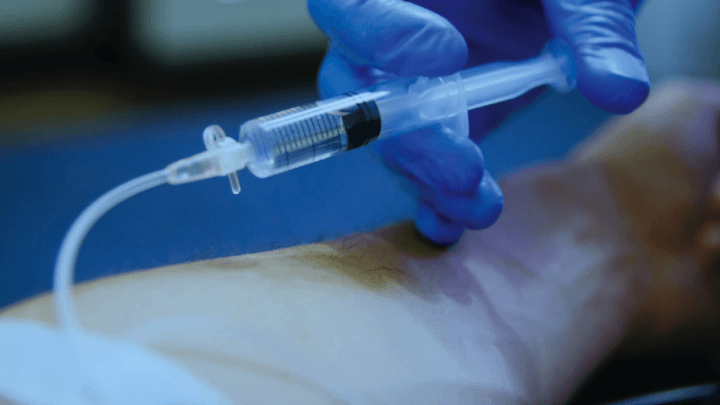This second in a two-part series reviews sedation implementation and monitoring.
Takeaways:
- Signs and symptoms of airway obstruction during procedural sedation include increased respiratory effort, sternal retraction, rocking chest motion, inspiratory stridor, hypoxemia, hypercarbia, and absence of breath sounds.
- Use of a sedation airway management algorithm can aid in immediate recognition of airway obstruction and management.















